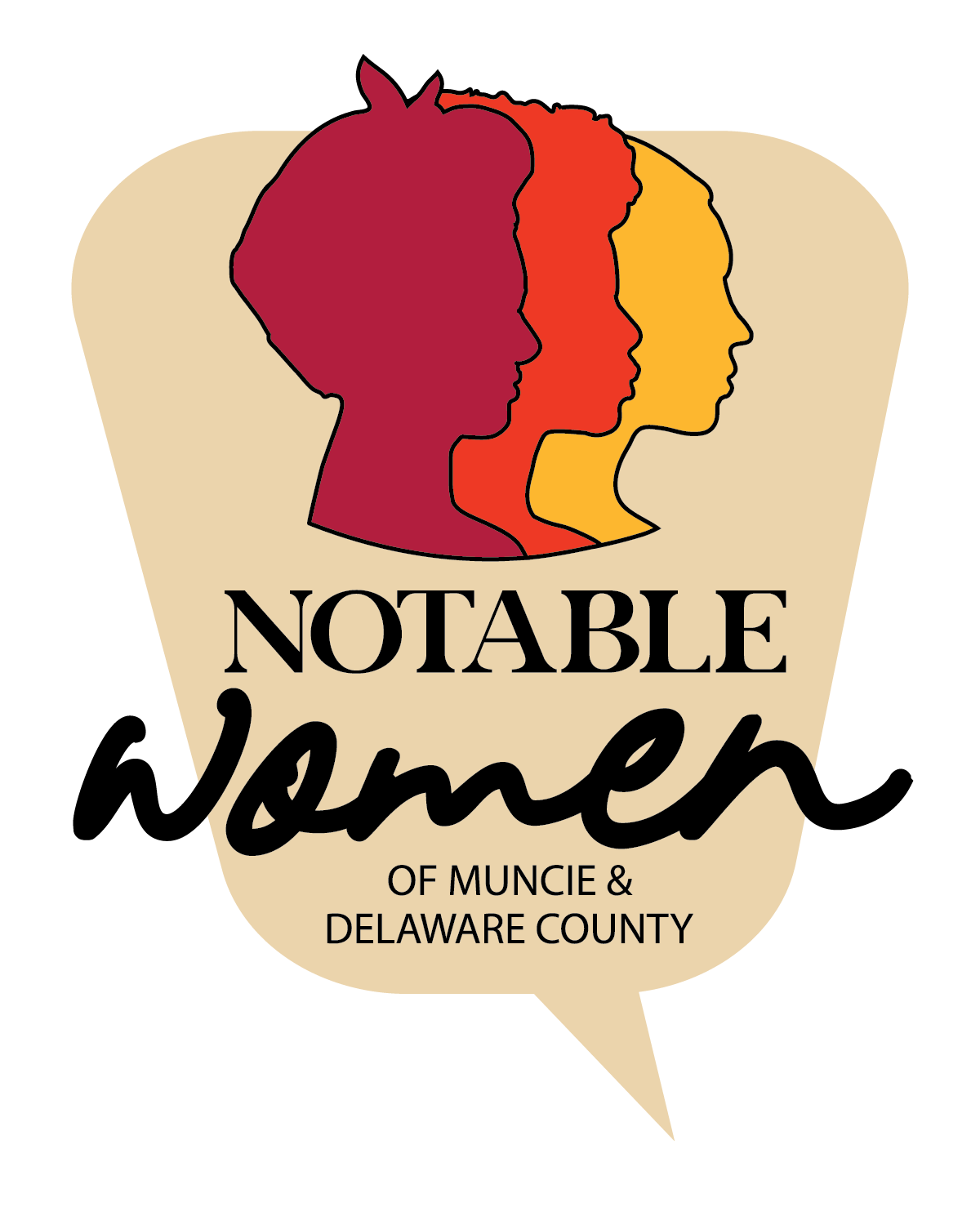Town On Fire Fall 2022
Welcome to Town On Fire Fall 2022, an exploration of Hoosier and Muncie women’s history during the Gilded Age and Progressive Eras (1870-1900 and 1900-1929 CE).
In Fall 2020, students from Ball State University's Department of History celebrated the centennial anniversary of the 19th Amendment (1920) to the American Constitution by investigating the lives of six women who lived during the long campaign for woman suffrage. Working in teams, students from HIST 200-02 Introduction to History and Historical Methods created six short documentary videos. Archival sources provided indications of their life events and scholarly secondary sources contextualized those experiences amid the country's great changes. The results were surprising and exciting, leading to conference presentations and more exhibits.
In Fall 2022 students investigated the impact of gender, race, and class on the lives of five more Hoosier women. As the new videos show, these themes impacted women’s employment, education, public reputation, and freedom. With the expansion of the railways in the 1870s, the discovery of natural gas in the late 1880s and the construction of many new factories in the 1890s, Muncie's population grew and women found new opportunities to work outside the home, develop social networks, and apply their education and skills in empowering ways. Class often determined education, which could expand or limit a woman’s wealth and opportunities. Gender norms were both implicit and explicit in this time period. A woman’s contribution to her family business, and social or religious community might have been essential, but that did not mean she appeared in its records. Race also complicates matters, through segregation and the application of racial stereotypes.
Interest in these themes leads directly to related historical lenses. Historians uncover the past by applying historical lenses that prompt important questions. Students using a gender lens might ask whether women tend to work in a few specific industries and men in other industries? Or how was a woman’s work visible or invisible in business records? Students using a racial lens might ask whether (and how) newspapers describe people from different racial groups. Or did newspapers, census records, and city directories show members of the same race clustered together? Students using a class lens might ask how social activities identify working class or professional class members? Or how did a woman’s class appear in ways that are different from a man’s class?
In the following five exhibit pages, we hope you’ll think about how gender, race, and class combined at a time of great change. As our student-historians follow the best historical practice, think about the questions that you would like to ask about life in Gas Boom Muncie and its aftermath (1870-1920 CE). Also, what questions do you have about the historian’s process? These biography videos show transparent investigations of five women’s lives, and the methodology videos reveal the challenges and achievements of investigating the past. We hope that you will join us on the journey and learn from our work.
Feel free to move through the exhibition in order or explore at your own pace.
Click “Introduction” to begin.
This project was made in collaboration with the Delaware County Historical Society in Muncie, Indiana; the Ball State University History Department; the Ball State University Libraries; and the Notable Women of Muncie and Delaware County Project.
Banner Image Caption: Logo by Lacey Back Lantz, Notable Women of Muncie and Delaware County (2021).



